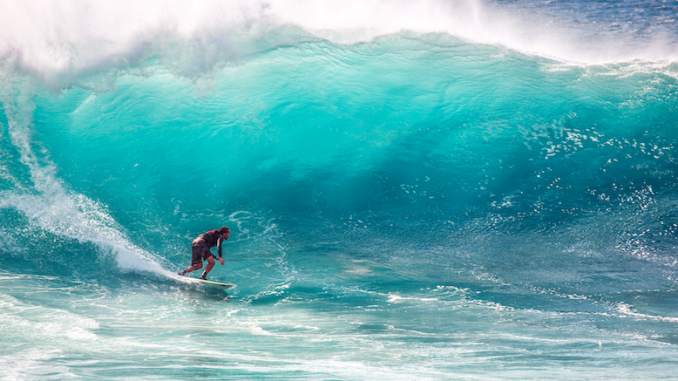
Some of you would have had a holiday by now, and so would enter the workplace with a certain sensation of being lost in this brand new world. Not to worry, here are my top tips for reading that will get you back in the groove in no time.

https://www.pexels.com/photo/action-beach-fun-leisure-416676/
Apropos, I couldn’t have done this without ScienceOpen. The SAXS:Recent collection we have set up over there is really the bees’ knees!
That collection, however, does unfortunately miss gems like this one from our Japanese colleagues, demonstrating that you could do SANS just by looking at the intensity of the transmitted beam during an energy sweep! So if you have many neutrons to pepper your sample with, give it a shot. This might work for X-rays too, but unfortunately my lab’s unable to sweep energies, so I’ll have to leave such experiments in the capable hands of others…
Are you looking for a paper to lord over your colleagues with? Do you need to justify that fancy new detector for your instrument? Need some datasets to let your new fitting algorithms loose on? Worry not: our Round Robin paper shows that SAXS is really good for your nanometrological needs, showing highly reproducible results between many labs; a good starting point for improvements!
If you would like to marvel at the intricacies of detectors, and why we still need to do some more in-depth analysis of data corrections, look no further than these two papers. The first simulates an efficiency loss in the direct-detection systems we have come to love, and the second (which I may have highlighted before) demonstrates some of the other imperfections in practice (see Figure 5 in particular). We are still some ways off from having our intensities accurate to 1%!
For the latest Nano-related buzz, look no further than “Nanorattles“. This is a surprisingly interesting paper, which shows some decent SAXS modelling to boot.
There are those among us who have played around with Hammersley’s “Fit2D” program, certainly one of the older graphical 2D data correction programs around. I left it alone after a short while to program my own, but there are those that have been able to integrate it in their methods. Those people will be happy to know that there is a paper out for them to cite since last year!
Now, I’m not a crystallography buff by any stretch of the imagination, but I am glad to see that there are those who attempt to fix persistent bugs in the method. For more on that, see the awesomely titled “The ash-heap of crystallography: restoring forgotten basic knowledge“.
Sedlak, Brützel and Lipfert have written an interesting paper taking a closer look at the uncertainties on the intensity in SAXS data. I’ll have to go through it in a bit more detail, but it is good to see the interest in uncertainties expressed in paper-form.
Lastly, a blast — or rather a bombshell — from the past: Chonacky and Beeman published a brief paper in 1969 on the scattering of water. I’m not 100% sure, but it looks like everyone using water to calibrate their absolute intensities might be off by up to 8%!

Thanks for the reading list. The Sedlak paper looks interesting. So too does the Chonacky!